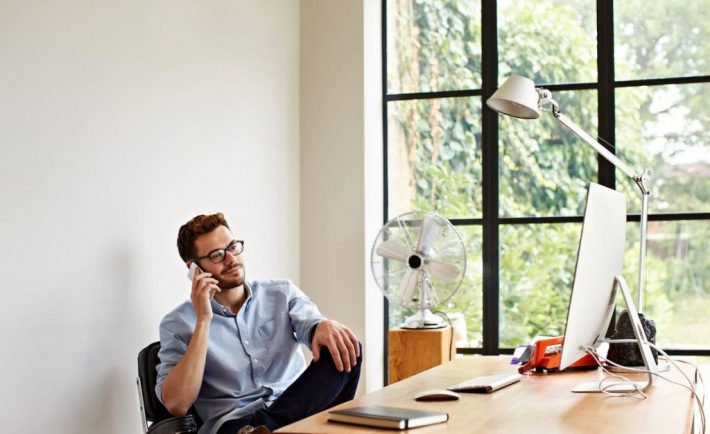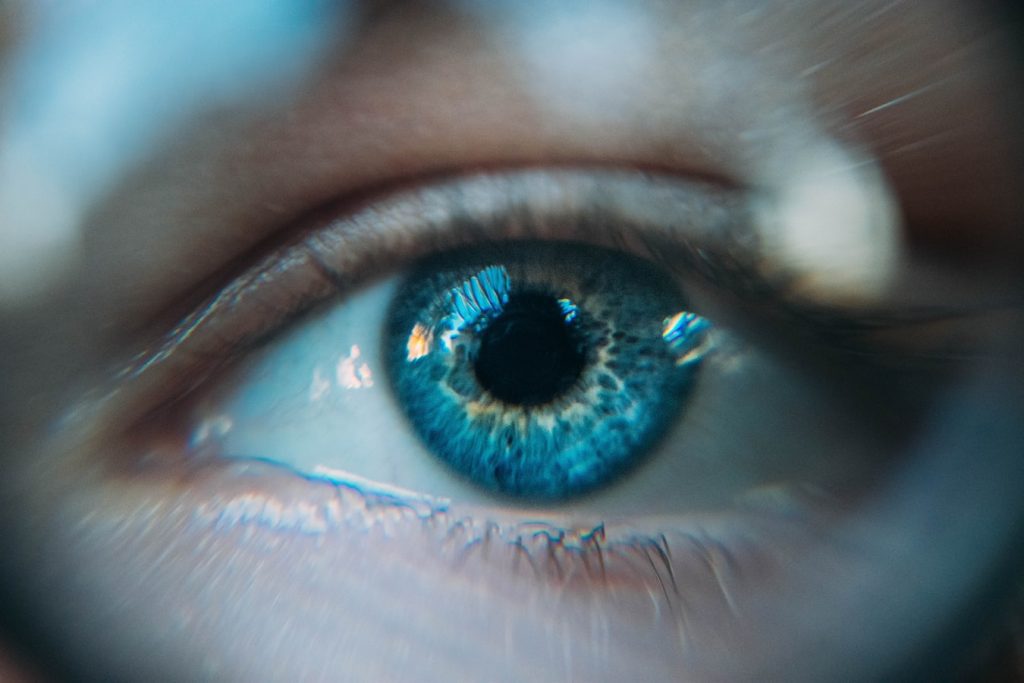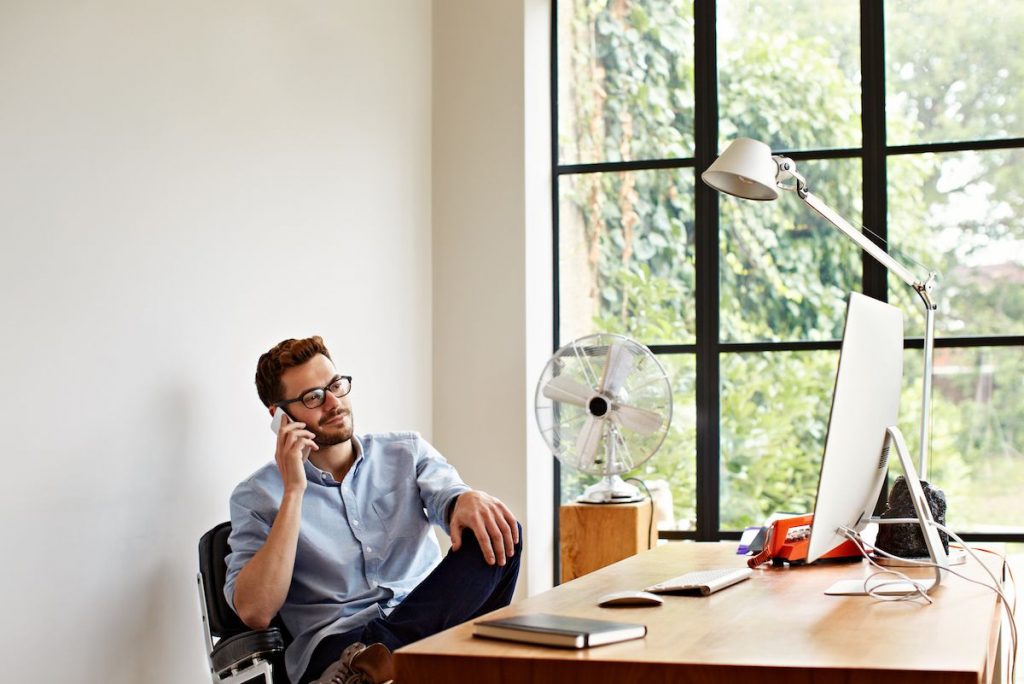
We live our lives looking at screens these days. We spend all our time at work staring at a computer, and when we get home we watch the TV or look at our phones for hours at a time.
It’s no wonder that up to 60% of people experience eye strain due to excessive screen use. Eye strain can cause blurred vision, headaches and neck pain.
While reducing the amount of time we spend staring at screens is the best way to reduce this, it’s not always possible. There are other things you can do to minimize the risks.
Visit Your Optometrist

Regular eye tests are vital for maintaining the long term health of your eyes. You should aim to have one annually. If you already need glasses, an eye exam will ensure you have the right prescription. Consider getting anti-reflective glasses to prevent glare from your screen hurting your eyes further.
Light Your Workspace Properly

Most office lighting is very harsh. While it might seem to make sense that more light is better, that isn’t the case. Use blinds to block our exterior light or see if your company can use lower intensity bulbs in your office.
If it’s possible to move your computer around, try to keep any windows to the side of you, rather than in front or behind.
Use The Right Display

If you’re still using an old CRT monitor, it’s time to upgrade. A flat panel LED with an anti-reflective coating.
Position
Ideally, your monitor or laptop should be about 2 feet from your eyes and the top of the screen should be very slightly below your eye level. This allows you to get a comfortable position for your head and neck and, as your eyes move down the screen to read, your eyelids will close, naturally lubricating your eyes.
Refresh Rate
Newer monitors allow you to adjust the refresh rate. Change it to the highest possible setting but at the very least 75hz. This will reduce flickering, which, even if imperceptible, can really contribute to eye strain.
Brightness
The brightness of your screen should be about the same as your surroundings.
Text Size
High definition screens make text and images look much clearer, which can lead to us keeping the text size very small. Try making your text slightly larget, especially if you are reading or writing long documents.
Text size and contrast
Adjust the text size and contrast for comfort, especially when reading or composing
Colour temperature
Take Regular Breaks

Get away from your screen for a few minutes as often as you can. Use the time to rest your eyes and perhaps do some neck rolls and shoulder stretching to loosen up those muscles that get very tense while we’re working in front of a screen.
Try the 20-20-20 method. Every 20 minutes, gaze at something about 20 feet (or more) away from you, for at least 20 seconds. This helps to combat eye strain and muscle fatigue.
Treat Dry Eyes

Our eyes are super sensitive and can feel dry and uncomfortable due to things like air conditioning, allergies and prolonged screen usage. Fortunately, eye drops are very inexpensive and are great for keeping our eyes refreshed.
Don’t forget to blink either, it is the body’s way of lubricating our eyes. Men blink far less than women so are more likely to suffer from dry eyes because of this.




